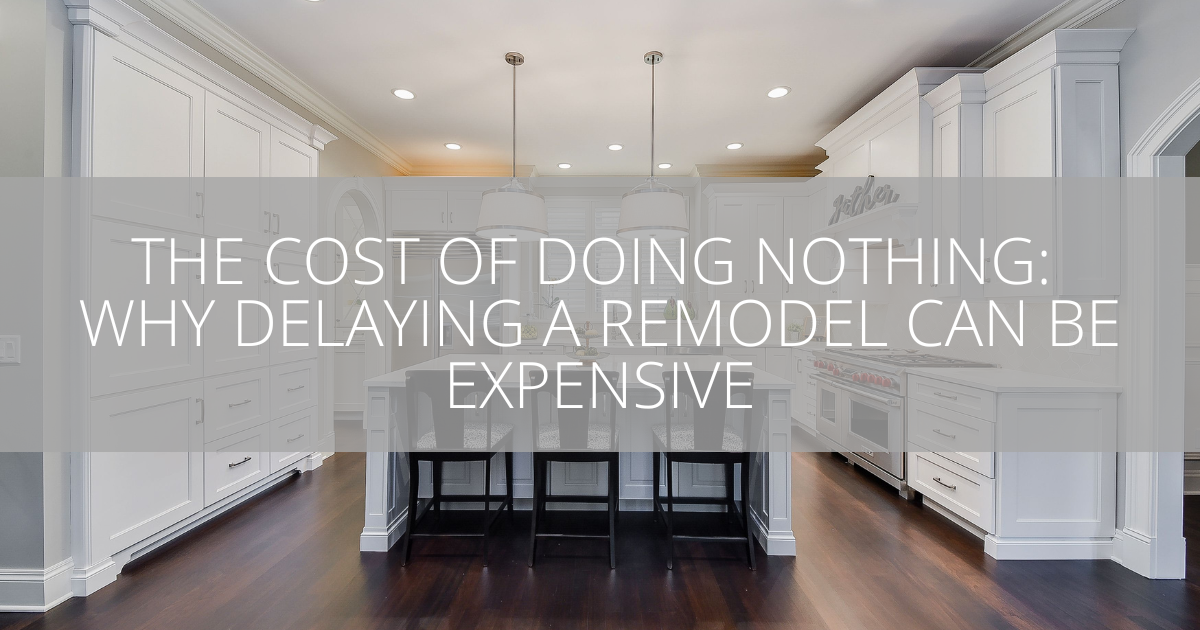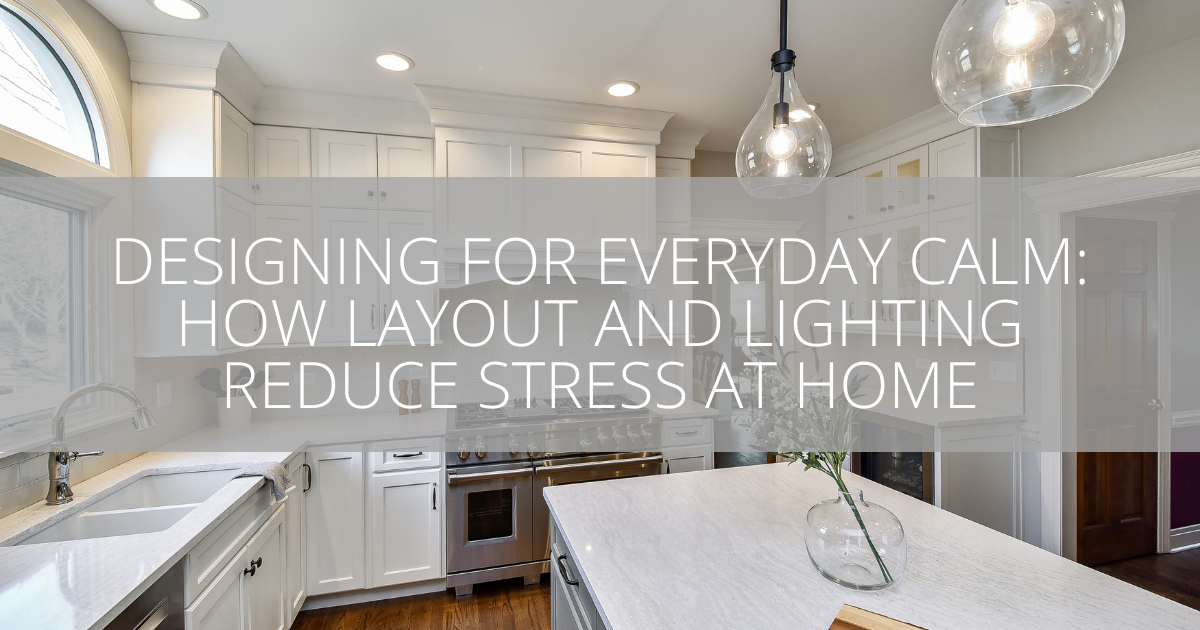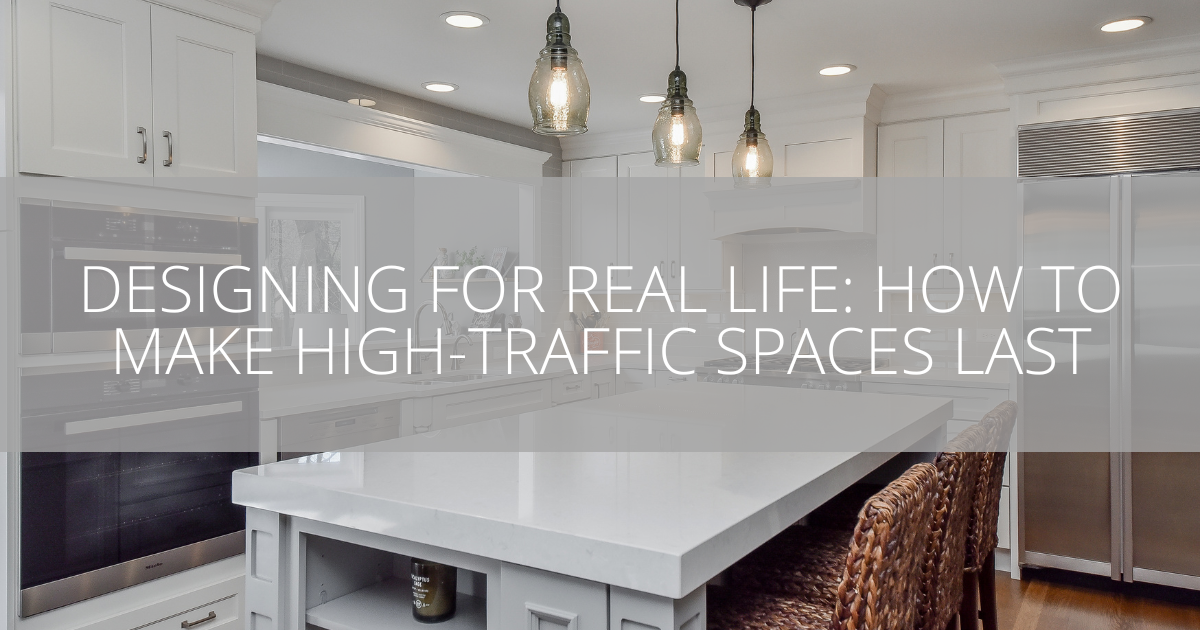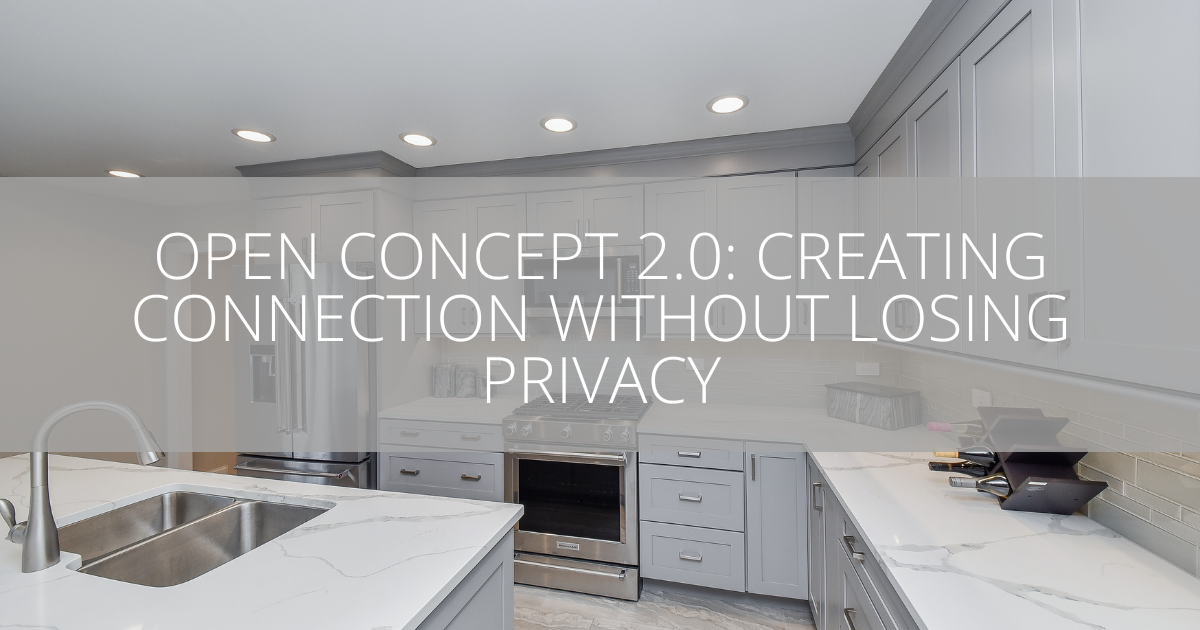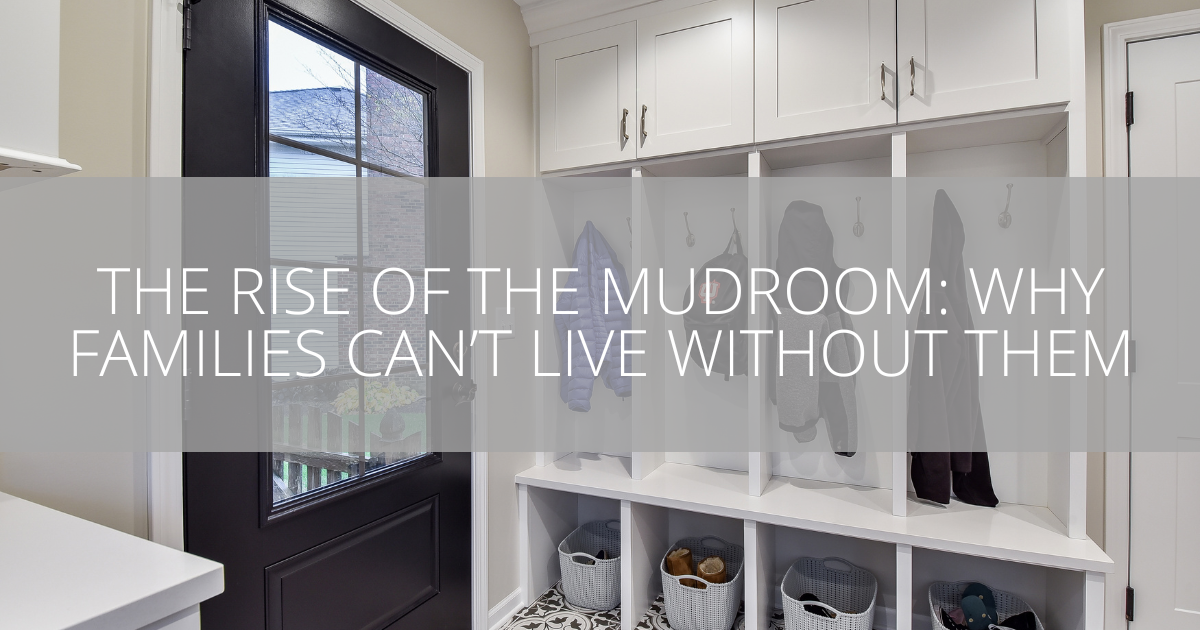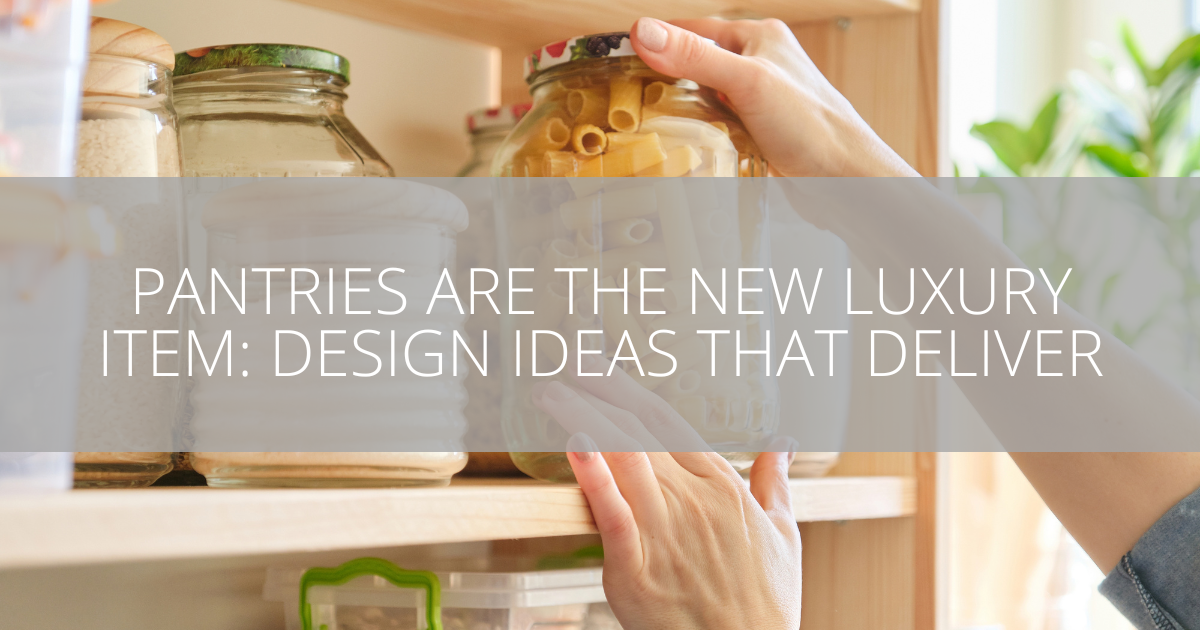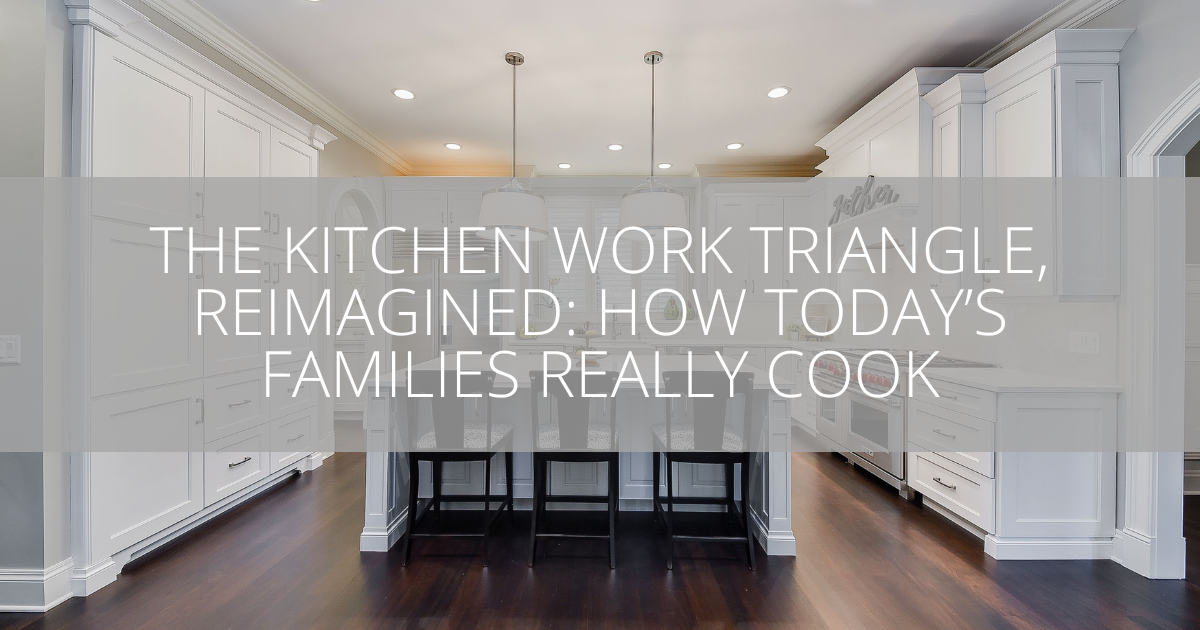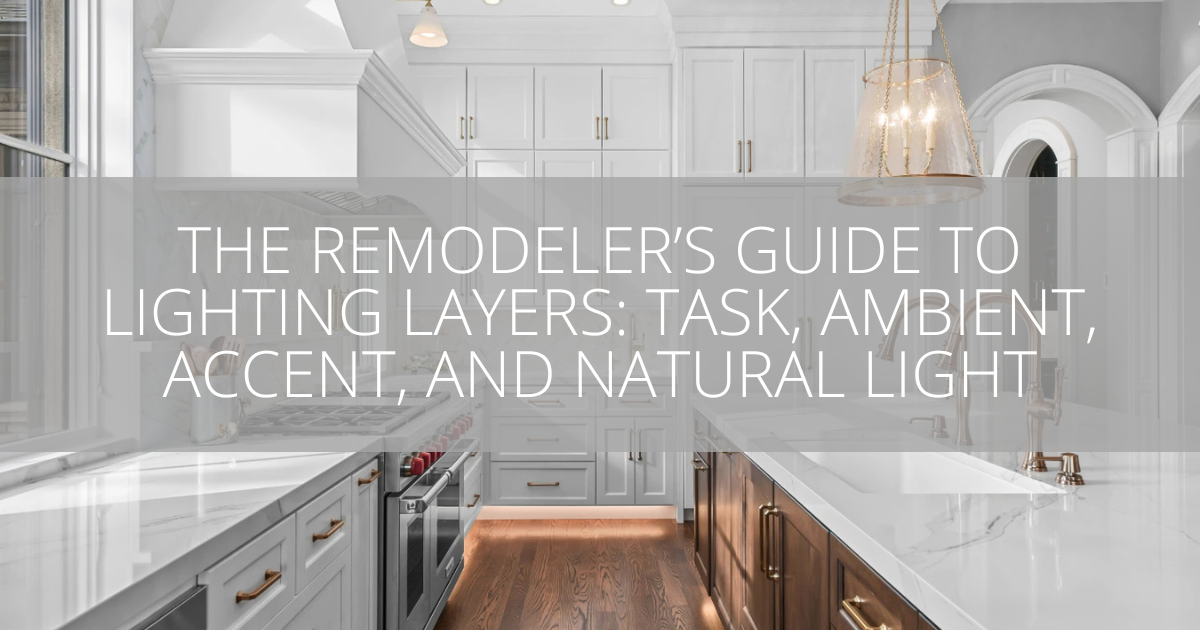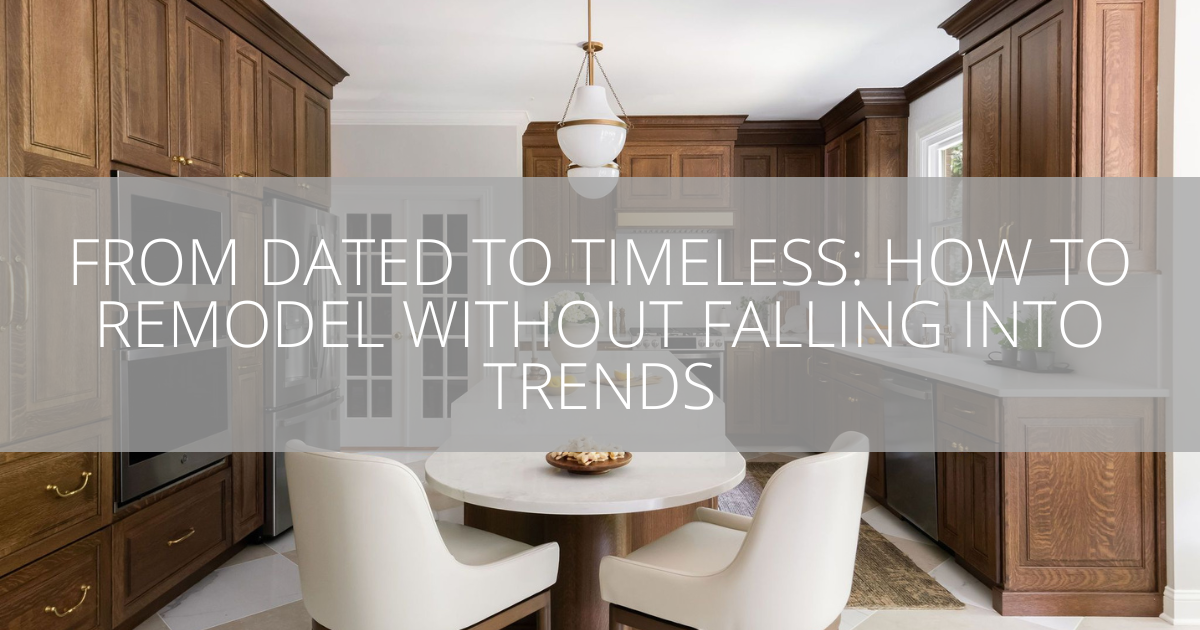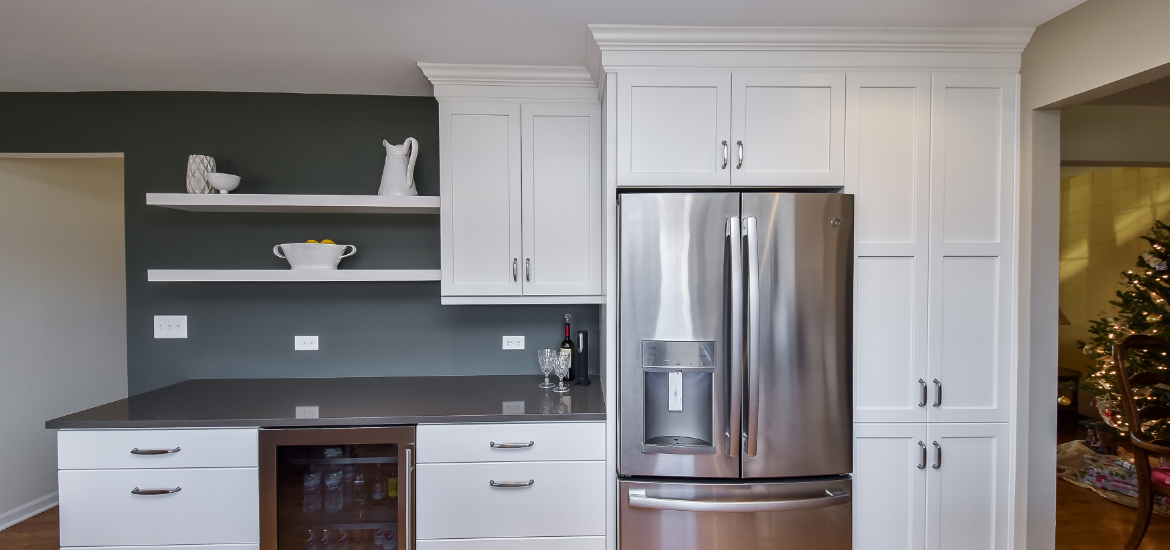
Too often, storage is handled reactively. A family notices shoes piling up in the mudroom, so they buy a row of hooks. The kitchen counters start looking like a yard sale, so they add a rolling cart or another shelf. The living room becomes overrun with toys and electronics, so they grab some bins from the big-box store. These fixes may help in the moment, but they rarely solve the underlying issue. In fact, they often create new problems: a home that feels crowded, disjointed, or unfinished.
That’s why intentional storage design is essential. Instead of adding pieces here and there as clutter builds, storage should be planned, built, and seamlessly integrated into your remodel. At Sebring Design Build, we believe storage shouldn’t just be “extra.” It should be part of the foundation of every room. Let’s explore why designed storage always wins over add-ons, and how built-in solutions transform spaces from mudrooms to kitchens and beyond.
The Trouble with Add-On Storage
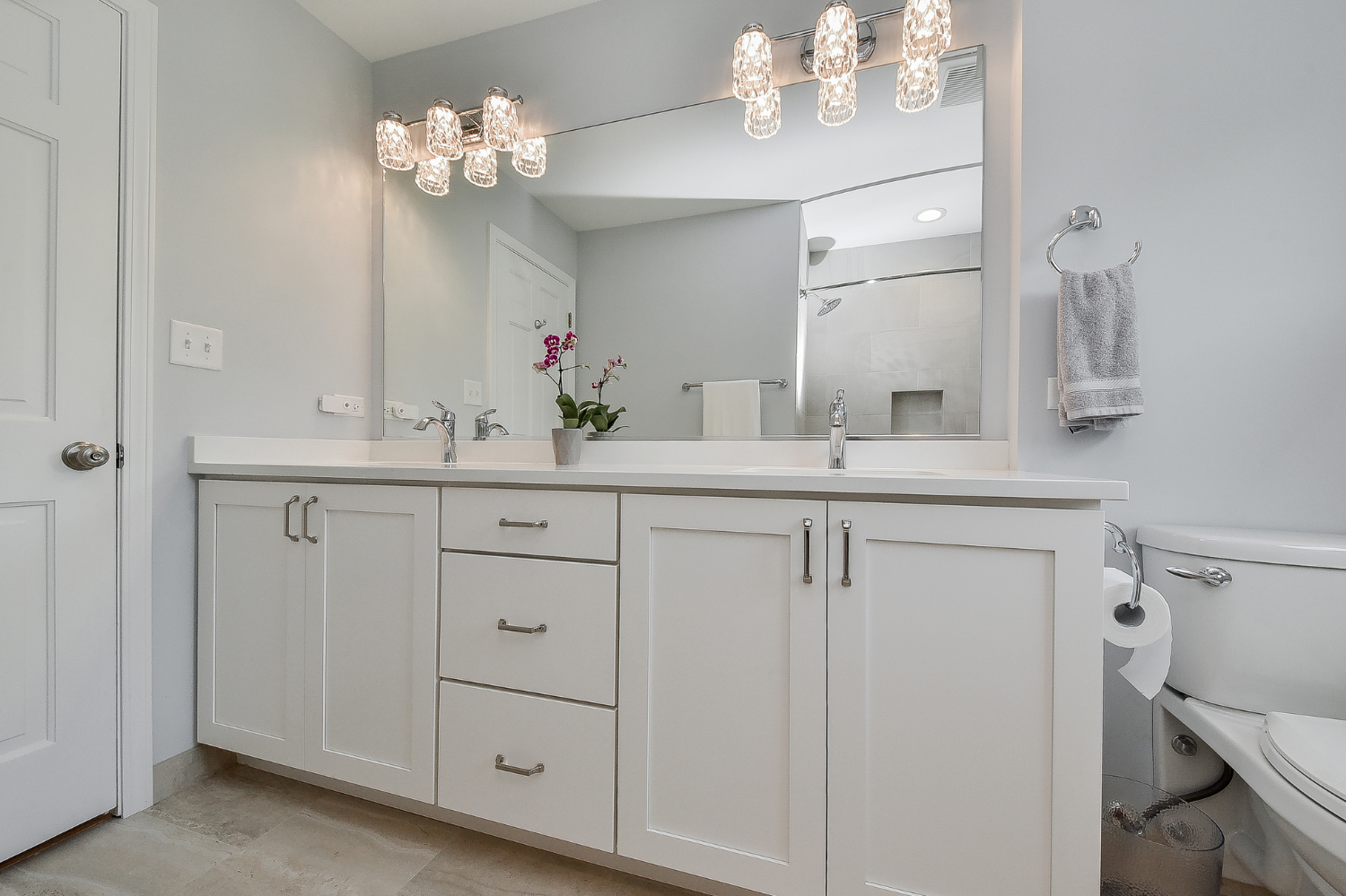
It’s easy to see the appeal of quick storage fixes. They’re inexpensive, they’re fast, and they promise an immediate solution. But here’s the problem: they rarely consider the bigger picture.
Take the classic mudroom shoe pile. You might solve it with a freestanding bench or a few wire racks. But the bench might not be deep enough for bulky boots, or tall enough for kids to sit comfortably. The racks may not match the trim or flooring, making the space look cluttered even when everything is technically “put away.”
In the kitchen, afterthought storage is even more noticeable. That rolling metal shelf in the corner may hold your stand mixer, but it breaks the flow of cabinetry and eats up walking space. Open shelving can look chic on Instagram, but in a real, busy household, it often becomes a dust magnet and a place where mismatched mugs compete for attention.
The same is true in living rooms, bedrooms, and bathrooms. Store-bought storage units tend to be one-size-fits-all, and homes are anything but standard. What works for one family might not work for another, and what works in theory rarely holds up in daily life. Add-on storage also lacks permanence. It feels tacked on, not part of the home. Over time, it starts to look like what it is: a workaround.
Mudrooms: Creating Order Where Chaos Lives
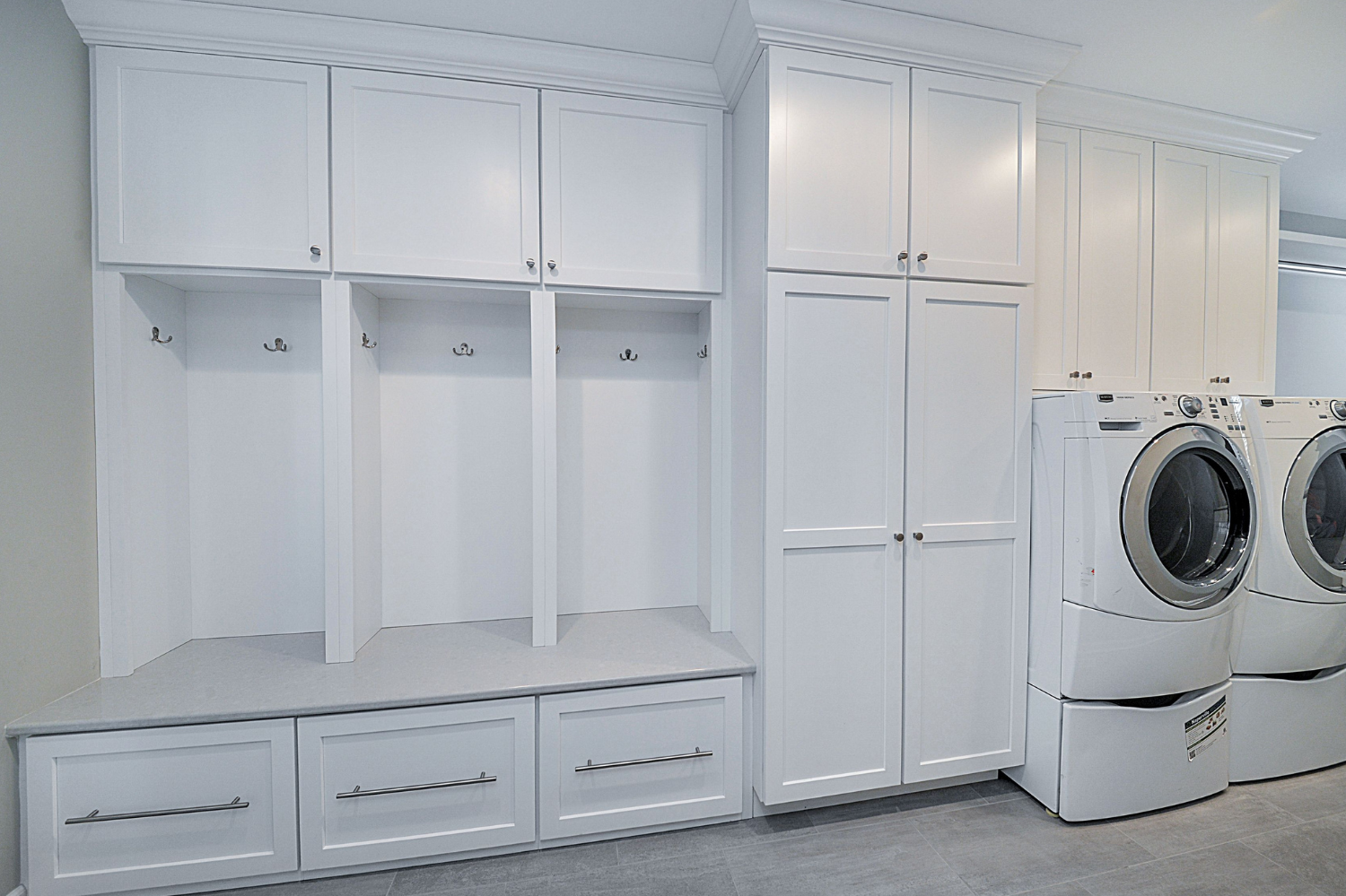
Mudrooms are the front lines of the home. They catch everything—shoes, coats, backpacks, groceries, sports gear, even the dog’s leash. Without a plan, they quickly turn into chaos. That’s why they’re the perfect example of how designed storage outshines afterthoughts.
A well-designed mudroom isn’t just about giving you more hooks or shelves. It’s about thinking through how your family enters and exits the home every day. For families with kids, built-in cubbies are game changers. Each child gets their own space with hooks, shelves, and a bench seat. Backpacks and coats have a defined home, and kids learn routines that keep the mudroom organized. For adults, higher hooks or enclosed cabinets can keep work bags and coats tucked away neatly.
Even small details make a difference. A bench that opens for hidden shoe storage doesn’t just provide a place to sit—it removes trip hazards from the floor. Overhead cabinets hold off-season gear like hats and gloves, so they’re accessible when you need them but invisible when you don’t. When these pieces are designed into the room, they look intentional, matching the trim, finishes, and proportions of the home. Instead of chaos, you get calm.
Kitchens: Where Function Meets Flow
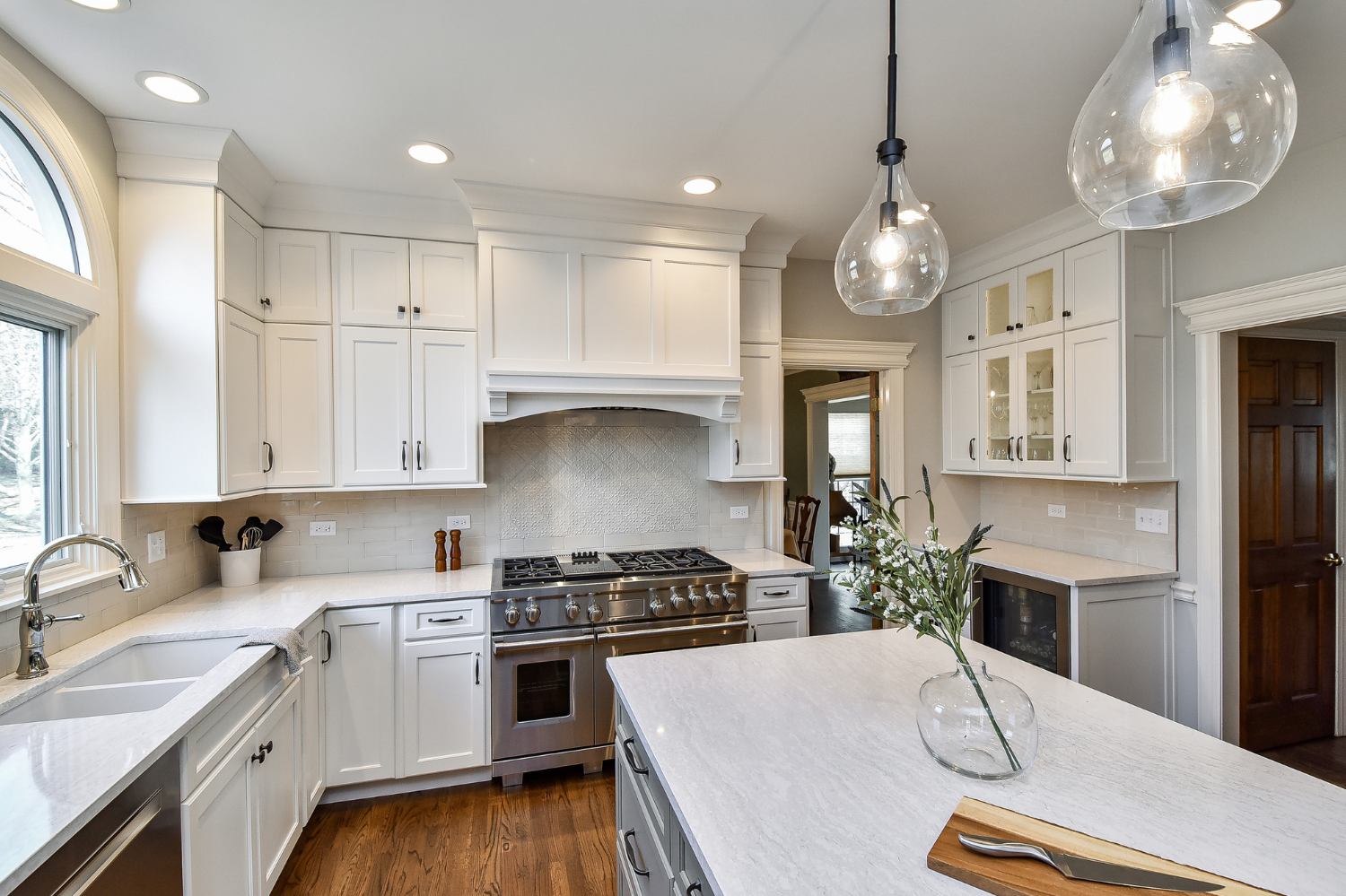
If there’s one room where designed storage proves its worth, it’s the kitchen. Kitchens are not only the most used spaces in a home, but also the most complex. They have to store everything from food and cookware to small appliances, cleaning supplies, and family calendars. Without proper planning, counters become crowded, cabinets overflow, and every meal feels like a scavenger hunt.
Designed kitchen storage is about more than adding more cabinets. It’s about tailoring those cabinets to how you cook and live. A family who loves baking might need deep drawers for mixing bowls, vertical slots for sheet pans, and a dedicated cabinet for mixers and baking sheets. Someone who cooks daily might benefit from pull-out spice racks near the stove, or drawers that separate utensils by function. Even something as simple as a drawer with built-in knife storage can transform how you prep meals, making it safer and faster.
Pull-out pantries are another example of design beating addition. Instead of cramming a bulky shelf into the corner, a pull-out pantry slides open smoothly, keeping every can and box visible. Appliance garages—cabinet doors that lift or slide open to hide small appliances—allow you to keep counters clear without sacrificing convenience. And corner cabinets, long the bane of kitchens, can become useful with lazy Susans or pull-out shelving that brings everything within reach.
The result? A kitchen where everything has a place, nothing feels crowded, and the design flows seamlessly from one function to the next. No rolling carts. No mismatched shelving. Just a space that works for you every single day.
Living Rooms: Storage That Elevates, Not Clutters
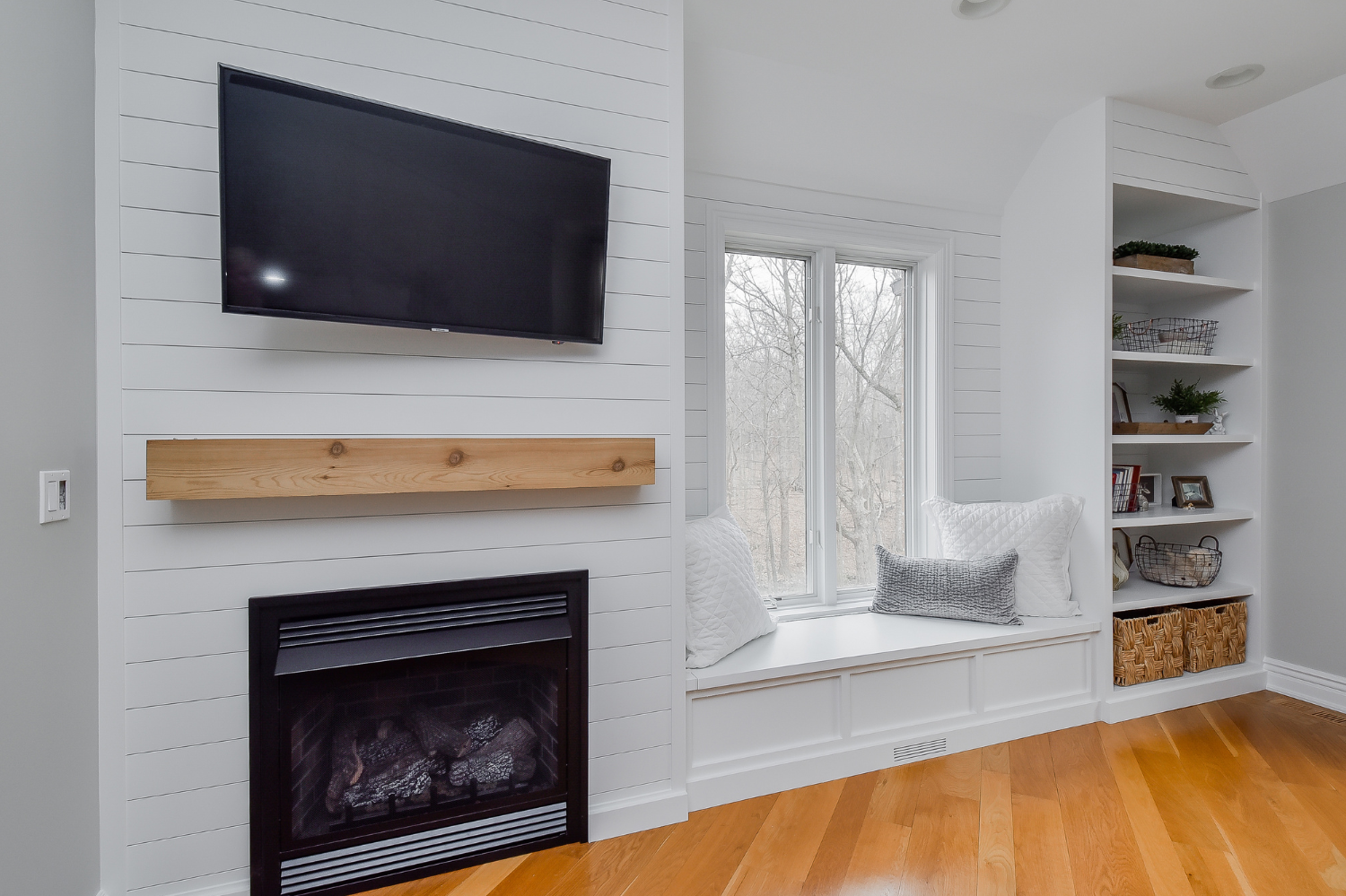
Living rooms are meant to be places of relaxation and gathering, but they often become clutter magnets. Remote controls, books, toys, blankets, gaming consoles—the list goes on. Many homeowners try to contain it with media consoles, baskets, or freestanding shelving. While these may help temporarily, they rarely elevate the space.
Designed storage takes a different approach. Built-in shelving around a fireplace or TV creates a natural focal point while offering closed cabinets for electronics and open shelves for books or display. Instead of competing furniture pieces, you get a cohesive wall of storage that feels integrated and intentional.
Window seats are another favorite built-in. They add character and charm while doubling as hidden storage for blankets, board games, or seasonal décor. Built-in bars or display cabinets add sophistication while keeping glassware and bottles neatly tucked away.
The difference is that built-in storage becomes part of the architecture of the room. It doesn’t just solve clutter; it makes the room feel finished.
Bedrooms: Storage That Creates Calm

The bedroom should be a sanctuary, but clutter can quickly ruin the mood. Overflowing dressers, piles of clothes, and crowded nightstands make the room feel less like a retreat and more like another chore.
When storage is designed into the bedroom, the atmosphere changes completely. Custom closets make use of every inch of space, from floor to ceiling. Drawers replace bins, shelves hold shoes, and rods are positioned at the right heights for your wardrobe. A headboard with built-in shelving eliminates the need for bulky nightstands, keeping books and devices within reach without adding clutter. Even window seats can provide hidden storage for linens or seasonal clothes, doubling as cozy nooks for reading.
With built-in solutions, everything has a place, and the room becomes what it should be: a place of rest.
Bathrooms: Small Rooms, Smart Solutions
Bathrooms may be small, but they demand big storage. Towels, toiletries, cleaning supplies, and medications all need a home. Many homeowners try to fix bathroom clutter with freestanding shelves or over-the-toilet units, but these often feel cheap and temporary.
Built-in bathroom storage offers a better path. Deep vanity drawers can hold hair dryers, curling irons, and other bulky items. Medicine cabinets built into the wall keep essentials at eye level without cluttering counters. Recessed niches in the shower provide sleek, water-safe spots for shampoos and soaps. Tall linen cabinets, integrated into the design, provide storage for towels and extra supplies without crowding the room.
Here, storage isn’t just about function—it’s about creating a spa-like experience where every item has a home and nothing feels out of place.
Basements: From Dumping Ground to Destination
Basements often start as storage dumps, with piles of bins and makeshift shelving lining the walls. But when you’re finishing or remodeling a basement, designed storage can transform it from a place you avoid to a space you love.
Imagine wall-to-wall cabinetry that hides seasonal décor, hobby supplies, or board games. Or under-stair drawers that make use of otherwise wasted space. For a basement gym, custom shelving can hold weights and equipment neatly. For a craft room, built-in worktables with storage drawers keep supplies organized and accessible.
When storage is designed into the basement, the space can support both function and fun—whether it’s movie nights, workouts, or hobbies—without looking like a warehouse.
Why Designed Storage Adds Real Value
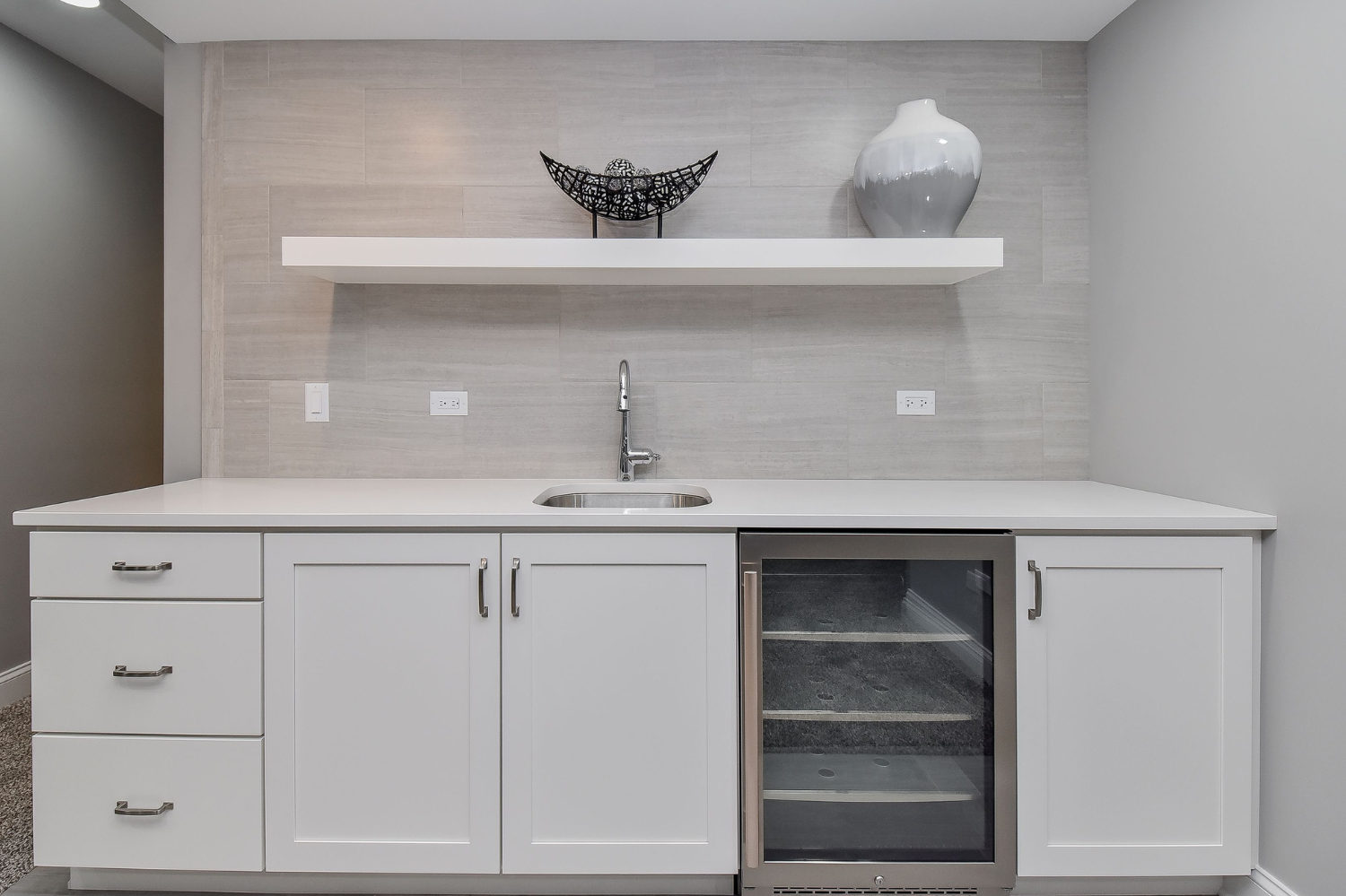
Across every room, the message is the same: designed storage isn’t just about neatness. It’s about value.
Buyers notice built-in solutions. They see them as part of the home, not something they’ll have to add later. Built-ins save space by making use of walls, nooks, and awkward corners that furniture can’t. They match your lifestyle by being designed around your needs, not generic templates. And they elevate design by blending seamlessly into the architecture, creating homes that feel polished and intentional.
Most importantly, designed storage reduces stress. Clutter is overwhelming, and when everything has a place, life feels calmer and more organized.
The Sebring Design Build Approach
At Sebring, we never treat storage as an afterthought. From the very first design meeting, we ask questions about how you live and what tends to pile up. Do you need more room for backpacks and shoes in the mudroom? Do you want your kitchen counters clear of appliances? Do you need a closet that actually works for two people?
By understanding your routines, we create solutions that fit seamlessly into your life. We design storage that looks invisible but makes your home infinitely more functional. And because it’s built-in, it’s not just for now—it’s for the long term.
Final Thoughts
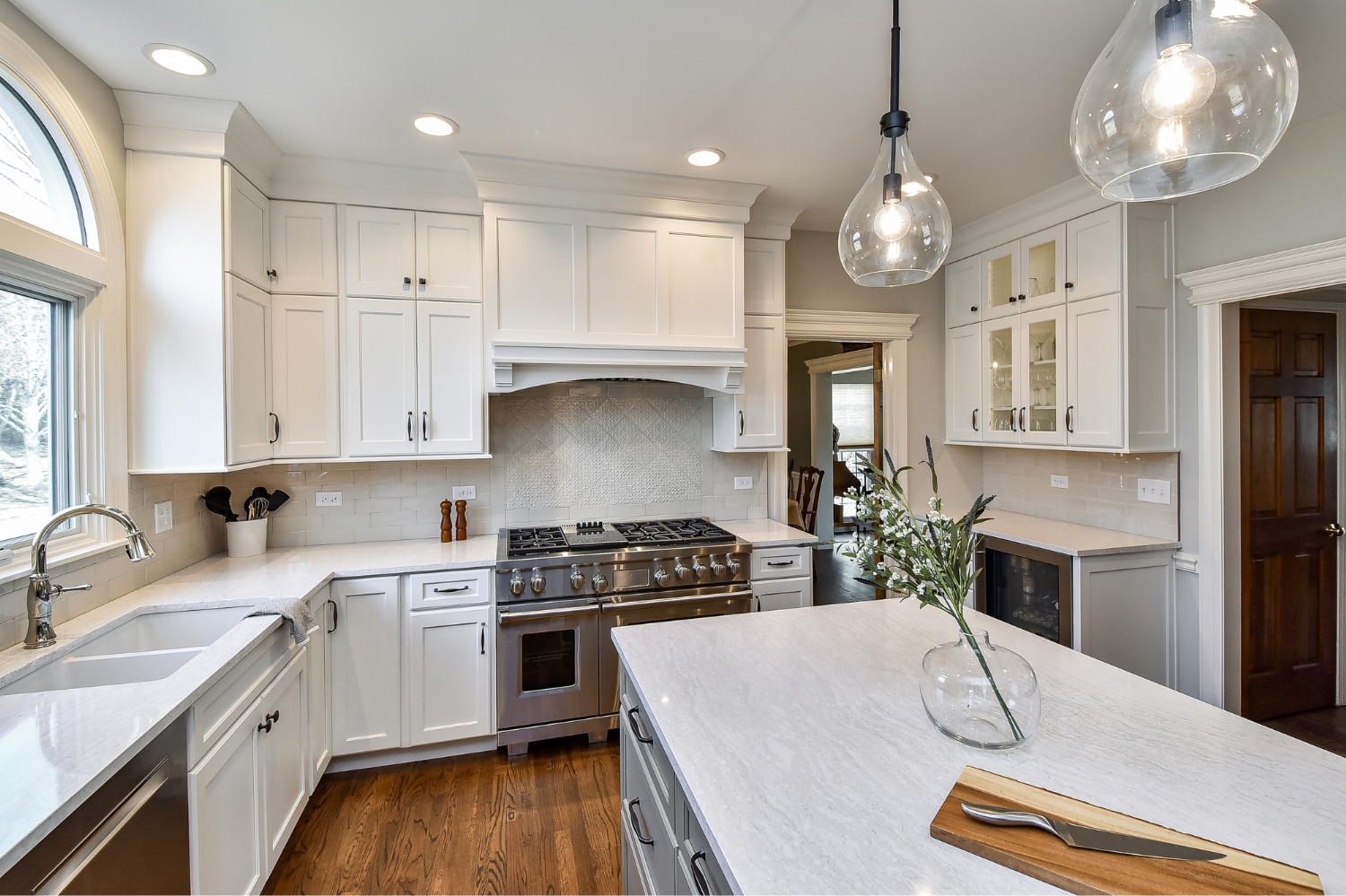
At the end of the day, storage isn’t about shelves or cabinets—it’s about how you live. A mudroom with cubbies that match your family’s routines. A kitchen with drawers and pantries that make cooking easier. A bathroom where everything you need is tucked away, yet always within reach. These aren’t just conveniences; they’re the difference between a house that constantly feels cluttered and a home that feels intentional, peaceful, and complete.
Quick fixes and afterthought furniture may hold you over for a season, but they’ll never give you the long-term satisfaction of built-in solutions. Designed storage makes every room feel finished and every daily task feel smoother. It turns awkward corners into assets, wasted space into opportunities, and everyday routines into something effortless.
If you’re investing in a remodel, this is your chance to get it right. Don’t settle for temporary fixes. Build storage into your design from the start, and your home will reward you with years of comfort, efficiency, and beauty.
At Sebring Design Build, this is exactly what we do. We listen to how you use your home, then design storage solutions that look like they’ve always been there—because they were always meant to be. From kitchens and mudrooms to basements and bathrooms, we create spaces that aren’t just beautiful, but truly livable.
Ready to experience the difference of designed storage for your home remodeling in Franklin, TN? Contact Sebring Design Build today to start planning your remodel. Let’s create a home that works for you, not against you.

